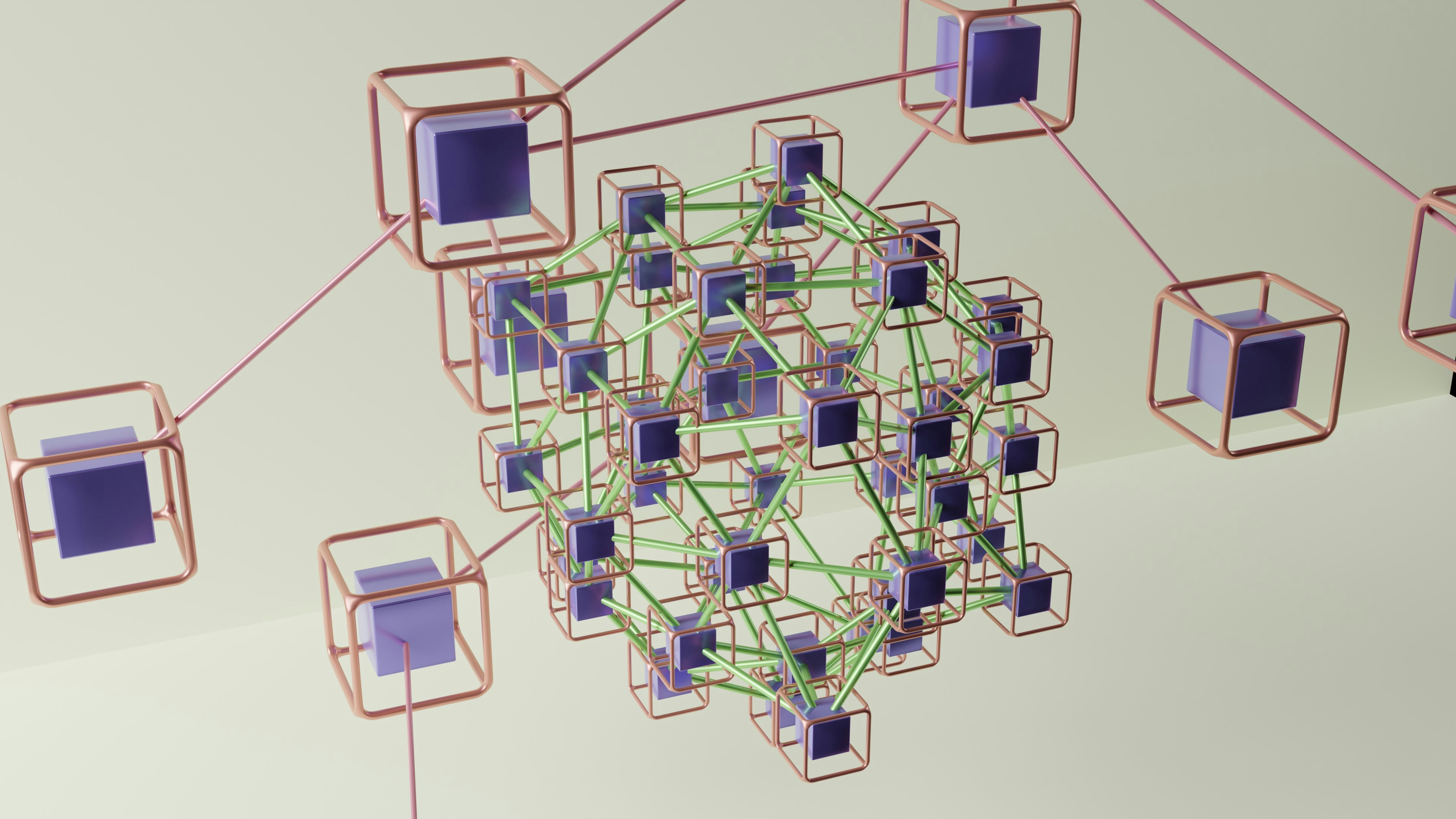Building the Invisible Network: Embrace Mesh Tech for Connection
In a world increasingly reliant on digital connectivity, mesh technology emerges as a transformative solution for communities looking to enhance resilience and create invisible networks. Imagine a community where every household, shop, and organization can tap into a reliable network without the dependence on sprawling infrastructure or costly installations. This pioneering approach leverages devices that communicate directly with one another, creating a web of connectivity that is as dynamic as it is effective. In this article, we will dive deep into the fascinating domain of mesh networking, explore its benefits, and discuss how it can foster stronger community bonds through reliable, resilient connectivity.
Understanding Mesh Technology
Mesh technology enables a decentralized and self-sustaining network created by interconnecting a series of nodes—devices that communicate with one another. Each device acts as both a client and a relay, forwarding data to other nodes in the network. This interconnected web provides multiple paths for data to travel, ensuring that even if one path fails, the data can still reach its destination through alternative routes.
This design eliminates single points of failure, a significant advantage when considering network resilience. Communities can support various applications, including Internet of Things (IoT) devices, smart home applications, and even educational resources. By embedding mesh networks into their infrastructure, communities can enhance digital interaction, engagement, and resilience.
The Resilience Advantage
Communities are often susceptible to various external threats, including natural disasters or outages caused by infrastructure failures. Mesh networking provides a robust solution in such scenarios, keeping communication lines open. For instance, during disasters such as hurricanes or earthquakes, traditional networks may falter. In contrast, mesh networks can continue to operate, as nodes are not reliant on a central point of failure. This resilience is vital for community safety and recovery.
One inspiring example comes from rural areas facing a lack of traditional network infrastructure. Communities in regions like Appalachia have begun implementing mesh networks, allowing residents to connect locally and even access resources from remote educational institutions. By leveraging mesh technology, these communities reap the benefits of connectivity they previously lacked, paving the way for improved opportunities and a connected community fabric.
Enhanced Communication and Collaboration
Mesh networks naturally foster improved communication within a community. By enabling devices to interact seamlessly, community members can easily share information, alerts, and resources. For example, local groups can create networks to share local events, volunteer opportunities, and resources, thus enhancing collaboration.
In Tazewell County, Virginia, community organizers utilized mesh technology to develop a local emergency alert system. Essentially, this network forms a communication bridge that keeps citizens informed about local events and emergencies, while also allowing local artists, craftsmen, and small business owners to showcase their work to regional audiences.
Such empowered communication systems also have an advantage when students in schools can share projects and collaborate on ideas effortlessly. By connecting educational institutions through mesh networks, teachers can facilitate joint classes, experiments, and additional resources from neighbors.
Cost-Effectiveness and Accessibility
Setting up traditional network infrastructures can be prohibitively expensive, especially for low-income or rural areas. Mesh technology offers a cost-effective alternative. The establishment of a mesh network requires minimal upfront investment. Community members can contribute by deploying inexpensive devices or routers to extend the coverage area—making connectivity a crowdfunded effort as opposed to a multi-million-dollar investment.
Organizations like the Freedom Collection showcase how public innovating initiatives are implementing mesh networks to enhance accessibility in underprivileged neighborhoods around the globe. The use of openly available mesh infrastructure makes the concept of "digital equity" a concrete reality rather than just an aspirational idea.
By reducing reliance on traditional models, communities can leverage the digital economy for growth, innovation, and resource-sharing without encountering the traditional barriers of high costs.
The Technological Backbone of Mesh
Understanding how mesh networking works is essential for communities considering implementation. A mesh network is built on software-driven technology that enables decentralized communication. This technology encompasses:
-
Self-healing capabilities: Nodes can dynamically find the best route for data transmission, rerouting traffic away from malfunctioning nodes.
-
Scalability: New nodes can be added with minimal effort, enhancing system versatility and allowing for growth without significant planning.
-
Cost-effective solutions: Open-source software and low-cost routers ensure that communities aren't burdened with high startup costs.
To enhance your understanding of building resilient digital networks, you can peruse the //decoding-the-hidden-architecture-of-digital-trust-blockchains-role-in-social-media-privacy/ blog.
Real-World Use Cases
There are numerous real-world examples of communities successfully leveraging mesh technology. Consider the case of the Guerrilla WiFi project in developing regions of Africa. Local residents worked together to establish their own network, breaking dependency on external providers. Through a mesh network, they could deliver connectivity to areas previously lacking internet access.
Even larger urban areas have adopted mesh technology to improve connectivity. In cities such as Barcelona, mesh networks have improved the efficiency of public services by connecting devices and enabling seamless data exchange between various city departments.
More than enhancing connectivity, these projects empower residents by putting them in control of their own communication systems, thus fostering stronger community engagement and collaboration.
Challenges of Implementing Mesh Networks
Despite the numerous advantages, several challenges exist when implementing mesh networks. The main issues include:
-
Technical Knowledge: While establishing a mesh network is less costly than a traditional setup, it requires some expertise. Community members may need training or assistance in deploying equipment, troubleshooting, and maintaining the network.
-
Connectivity Saturation: In areas with high densities, mesh networks can become congested. Each additional node uses bandwidth, and managing data flow can become complex. Careful planning is essential to avoid overwhelming the network.
-
Security Concerns: Ensuring data security in a decentralized mesh network can be challenging. With multiple nodes actively transmitting data, the risk of unauthorized access or data breaches increases. Communities must prioritize and develop security measures from the outset.
-
Maintenance: Continuously maintaining a mesh network is crucial. Communities should establish routines for software updates and device check-ins to uphold the integrity of the overall network.
By addressing these challenges proactively, communities can smoothly transition into implementing mesh technology, paving the way for a resilient digital future.
Looking Ahead: The Future of Mesh Networking
As mesh networks grow in popularity and viability, several trends are emerging that will shape their future:
-
Integration with IoT: As more homes adopt IoT devices, the demand for reliable and resilient connections will increase. Mesh technology can easily facilitate the interaction between these devices, enhancing their usability and functionality.
-
Environmental Sustainability: With a focus on sustainability, the decentralized aspect of mesh networking allows for localized solutions that reduce the need for extensive infrastructure. This can lead to lower carbon footprints related to transporting data over traditional line networks.
-
Policy and Collaboration: Enabling collaboration between local governments, NGOs, and tech companies can foster the growth of mesh networks as comprehensive solutions to ensure digital access in underserved communities.
-
Emerging Technologies: Bringing innovations such as 5G technology into mesh networking will provide further enhancements. The combination of rapid data transmission with mesh networks will result in faster, more reliable connections.
To navigate this emerging technology landscape effectively, it may be valuable to explore avenues like enhancing your community’s planning approaches by reviewing this article on /algorithmic-urbanism-how-ai-transforms-neighborhood-planning/.
Final Thoughts: Empowering Communities through Mesh Technology
The advent of mesh networking presents communities with a powerful opportunity for enhanced resilience, cost-effective connectivity, and collaborative growth. As technology evolves and communities face a range of challenges, adopting mesh networks can revolutionize the way people interact and share resources.
Acting now to explore building this invisible network positions respective communities for sustained growth, digital equity, and resilience in the face of future challenges. By working together, locals can organically foster connectivity, keeping their communities vibrant and engaged.
Ultimately, the future belongs to those who leverage technology to create inclusive, empowered, and connected environments. Embrace the invisible network, and watch your community thrive!












